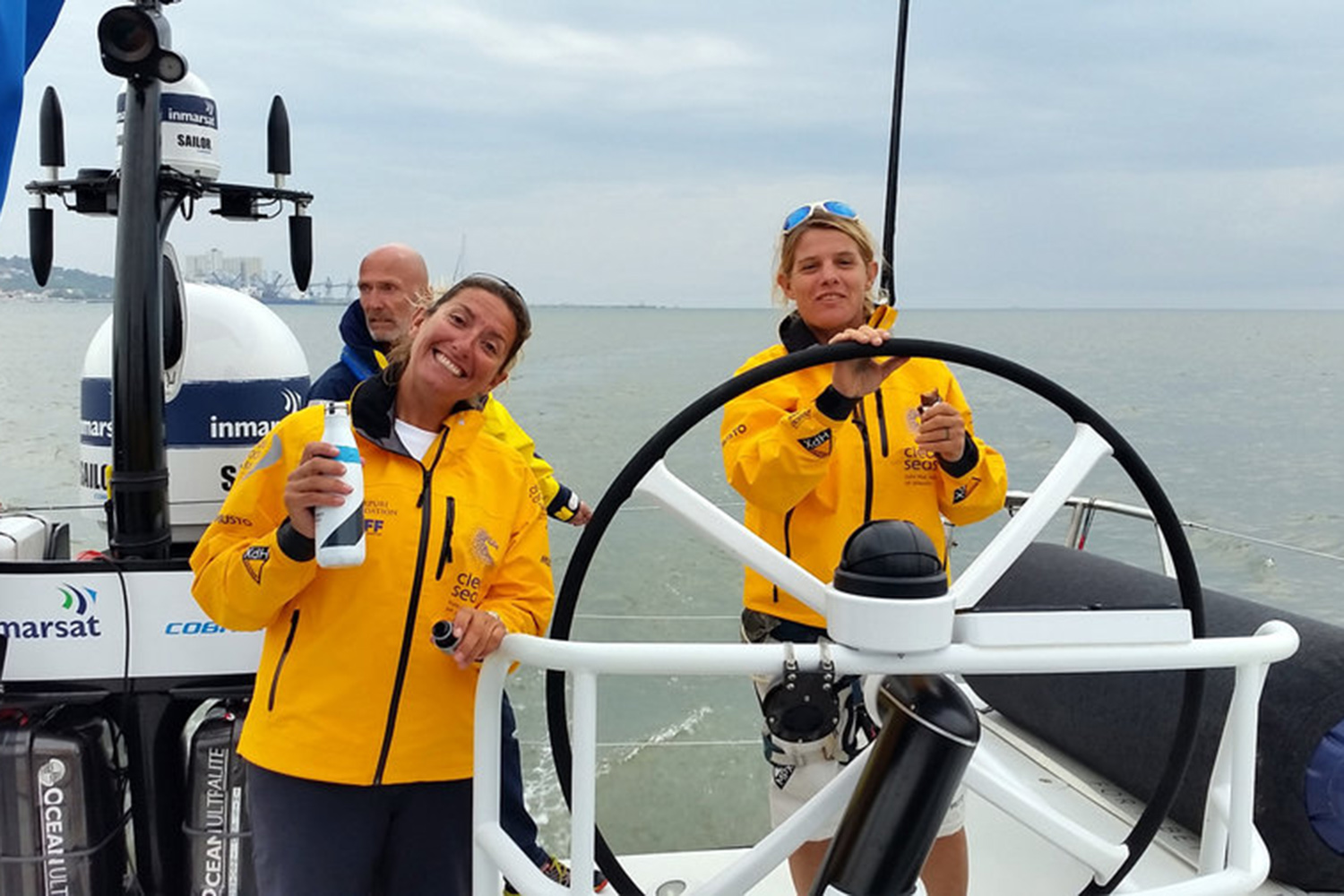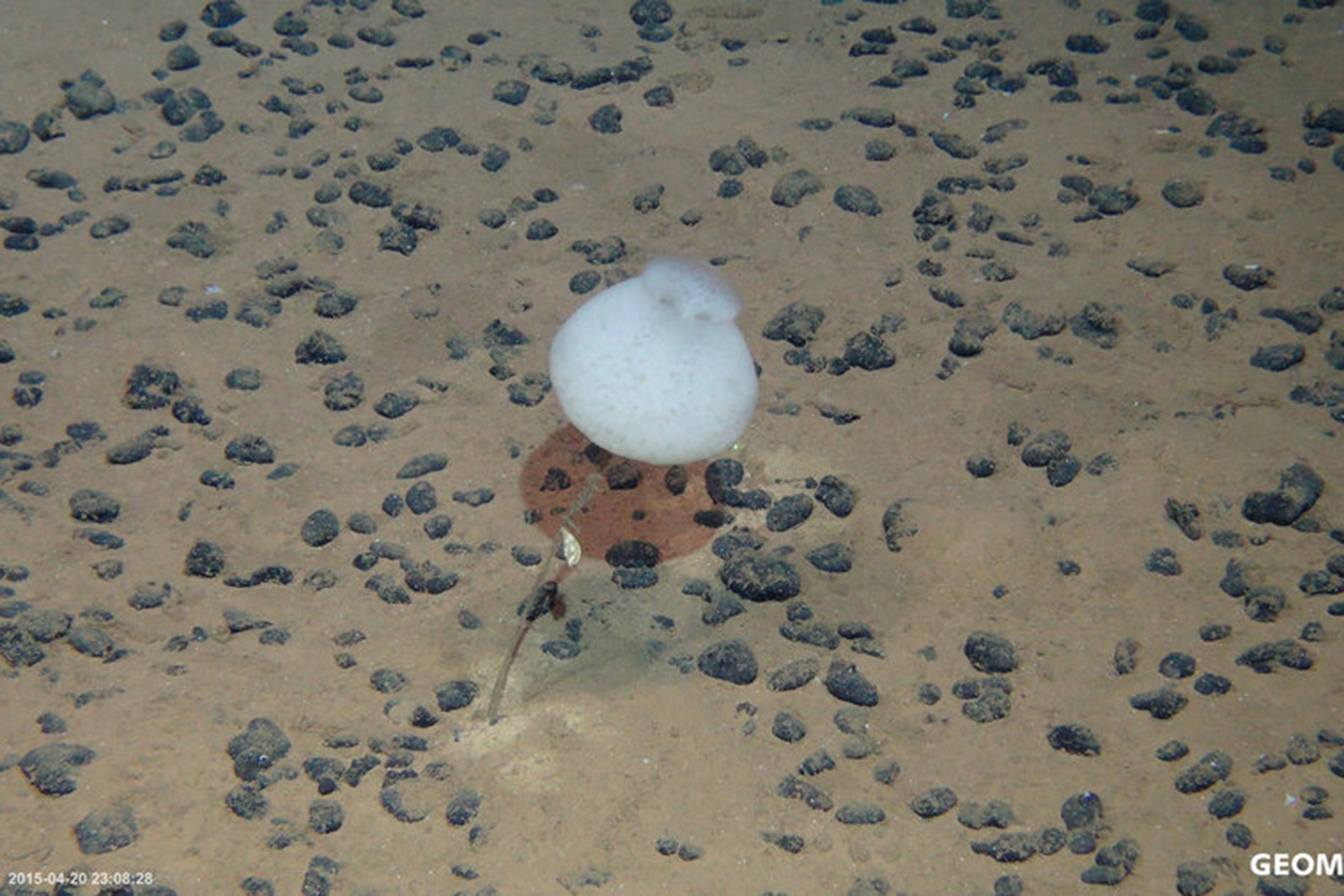In this article, we address ethical and conceptual questions of sustainable development. We explore the implications for a specific case - coastal areas and the implementation of SDG 14 – by discourse analysis. The "ocean goal" SDG 14 aims for "conservation and sustainable use of the oceans, seas, and marine resources". Coastal areas provide many benefits to humans and are essential for social and economic development of many coastal and island states. Coasts are increasingly under pressure from human impacts as ecosystem degradation and pollution as well as from climate change and its effects. SDG 14 addresses many of the problems occurring in coastal areas and explicitly considers coastal areas in two of its targets (14.2 and 14.5).
These two sub-targets presuppose and promote, as we argue, a "strong sustainability" concept by addressing protection, conservation, and management of coastal ecosystems and its resources and services. This argument from presupposition is at the heart of the article. We further outline a normative framework of strong sustainability in order to avoid depletion of natural capital of coastal areas and promote restoration of coastal zones. However, realising the coastal targets set out under SDG 14 through policies and actions on the basis of strong sustainability brings about challenges and pitfalls. For example, target 14.5 prescribes the conservation of "at least 10 per cent of coastal and marine areas". This wording does not specify how to implement these conservation areas, i.e. which habitats or species require conservation, where should these areas be located and which is the effective conservation status.
Furthermore, SDG 14 does not stand on its own. It is embedded in an "indivisible" agenda and linked to many if not all other goals of the 2030 Agenda. Conserving and sustainably using coastal areas thus also requires due regard of potential trade-offs with other goals, coherent and integrated governance, and a discussion on the need to adopt a "strong sustainability" concept in the implementation of further goals and targets, if not the 2030 Agenda as a whole. The strong sustainability framework we derived and developed in this article should thus be seen as a due starting point for a comprehensive nature conservation theory to support the successful implementation of SDG 14 and of other environmentally oriented SDGs under the 2030 Agenda.
Original Article:
Neumann B, Ott K, Kenchington R (2017) Strong sustainability in coastal areas: a conceptual interpretation of SDG 14. Sustain Science: 1-17. doi: 10.1007/s11625-017-0472-y. PDF available from: http://rdcu.be/vEU6
Contacts
Dr. Barbara Neumann, Department of Geography, Kiel University. Email: neumann@geographie.uni-kiel.de
Prof. Dr. Konrad Ott, Philosophical Seminar, Kiel University. Email: ott@philsem.uni-kiel.de
…



